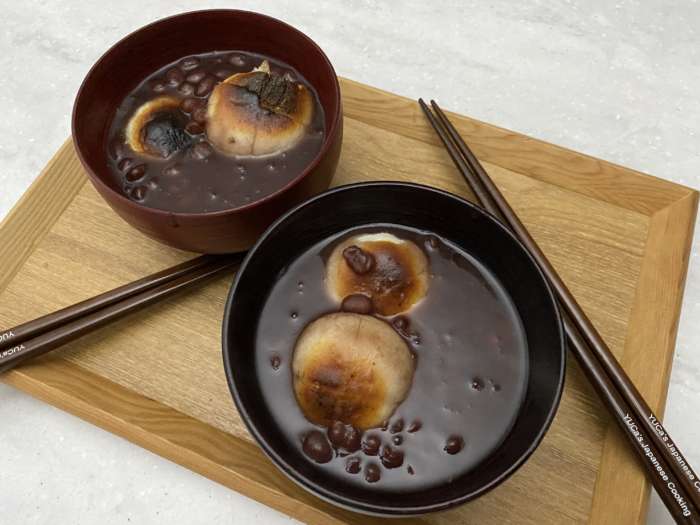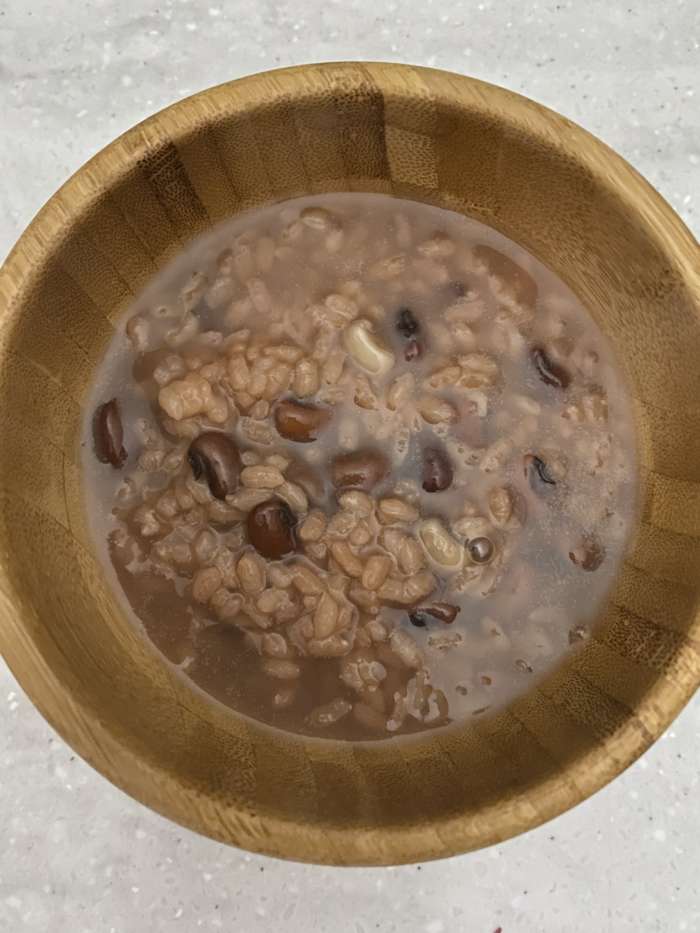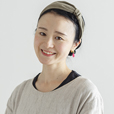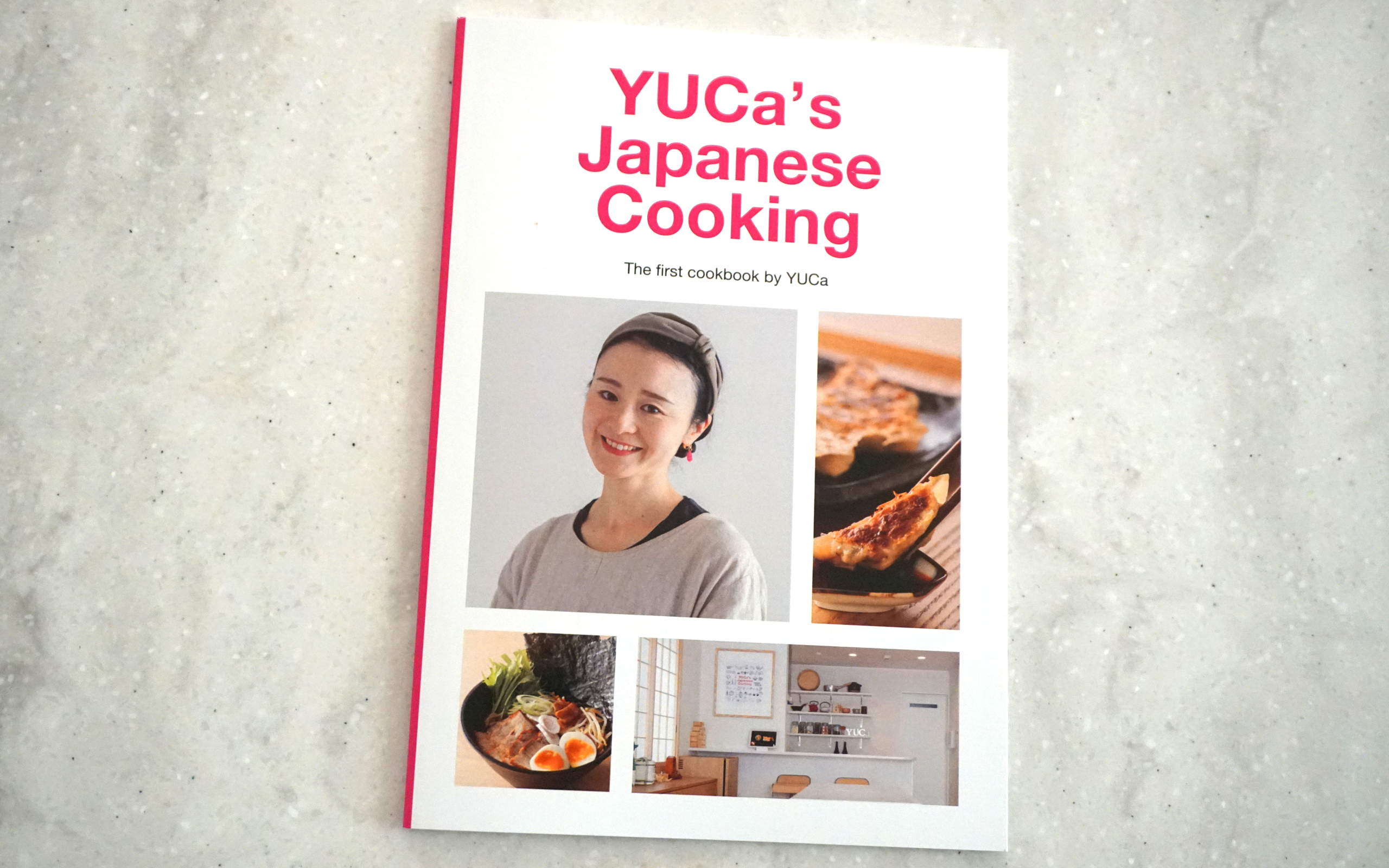Koshogatsu (Small Shogatsu)

In Japan, the time between January 1 and 7 is called “Big Shogatu” and the several days around the 15th are called “Small Shogatsu”.
Shogatsu traditions are still continuing here in Japan and my family and I had a lot of mochi and red beans this week.
On January 11th, people take down the kagami-mochi which had been offered to the god of the New Year during Shogatsu. This Japanese seasonal event is called “Kagami-biraki” (鏡開き, Opening the Rice-Cake Offerings). People smash the hardened mochi into pieces with heir hands or small mallet because using a knife or saying the word “break” wold displease the god. This explains the reason this event is called “Opening the Kagami-mochi”. The pieces of hardened mochi are grilled and one or two are put into Zenzai or Oshiruko which is a kind of sweet soup made of simmered red azuki beans, sugar and water. In this way, everyone receives a portion of the god’s blessing to live happily throughout the whole year. If you are interested in Oshiruko recipe tutorial, please check here!

In very ancient times the period between the full moons was considered one month, so the 15th marked the beginning of a new month. Even after Japan began using the solar calendar people continued to celebrate the “Full-Moon New Year” on January 15 and enjoy many special events.
It was the custom to enjoy azuki porridge during “Ko-shogatsu” (Small shogatsu) and pray for good health. In addition, people believed they could predict the abundance of the harvest by how the porridge was cooked and the way it turned out.









